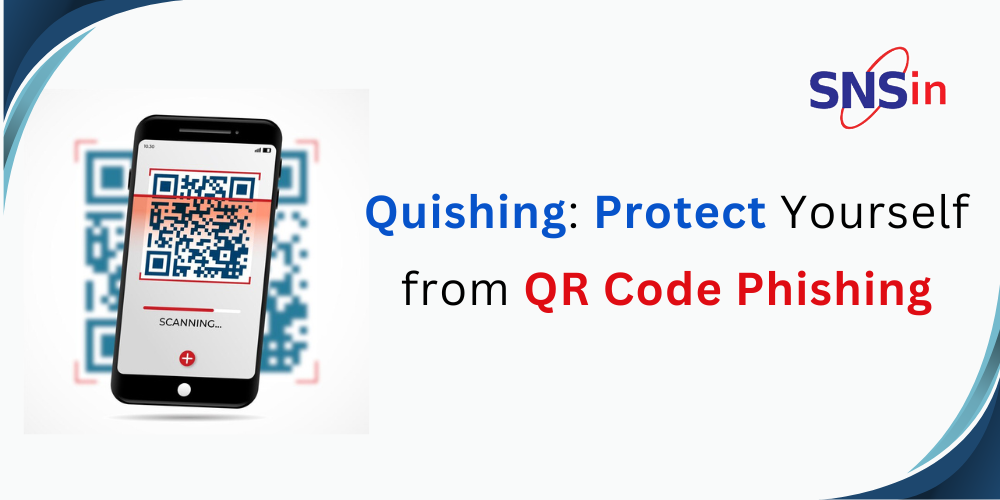Sending greeting cards finds a new place in the internet world in our fast-paced digital age, when technology connects us with loved ones near and far. Since these sentimental notes have moved from paper to pixels, sharing our feelings on essential days is simpler than ever.
However, this convenience has a hidden risk: Greeting Card Scams.
The Irresistible Allure of Greeting Cards
From the happiness of birthdays to the warmth of holidays, greeting cards have been a timeless means of expressing feelings. Even in this digital age, receiving a beautifully made card in the mail or via email retains its allure.
Digital greeting card delivery is now a cinch, thanks to the growth of e-commerce & online platforms. These sites provide a large selection of e-cards. It enables users to send personalized messages to loved ones anywhere with only a few clicks.
Role of the Cybercriminals
Digital technology has made sending and receiving greeting cards more convenient. However, it has also drawn the attention of cybercriminals who want to use this technology for nefarious acts. Scams that seem like greeting cards, are e-card scams. They use deceptive techniques to get people to click on harmful links or download dangerous attachments. They prey on people’s feelings, exploiting their need to connect with loved ones by sending emotional messages.
How Greeting Card Scams Unfold?
Greeting card scams use crafty social engineering tactics to lure the victims. Here is a step-by-step breakdown of how these scams play out:
Phishing Email
Victims get an email that seems to be coming from a reputable card company or a well-known sender. The subject lines of these emails entice recipients with phrases like “A Special E-Card Just for You” or “Warm Wishes from a Friend.”
Opening the E-Card
Drawn in by the content of the email, the receiver clicks on a link or downloads an attachment to view the e-card. Such attachments or links may be malicious.
Malware Unleashed
Clicking on the attachment or link causes malware to be downloaded & installed on the victim’s device. This malware might appear in various ways, such as spyware, ransomware, or keyloggers.
Data Theft or Ransom
Once the malware establishes itself, cybercriminals can use it to steal private data, like login credentials, financial information, or personal files. Sometimes, ransomware will encrypt the victim’s data and demand a ransom to decrypt it.
Propagation
Once a victim has been infected, the malware can continue the fraud cycle by sending further phishing emails to the victim’s contact list.
What are the Red Flags to Beware Of?
Greeting card scams are meticulously crafted to appear genuine. There are discernible signs that can help you spot and avoid these ruses:
Sender’s Email Address
Check the sender’s email address for oddities or misspellings. Trustworthy greeting card businesses use recognizable domain names.
Generic Greetings
To be vigilant while opening emails that begin with a generic or ambiguous salutation, such as “Dear Friend” or “Hello.” Genuine e-cards have messages from the sender that are individualized.
Urgent or Threatening Language
Cybercriminals may use urgent or threatening language to manipulate the victims. Watch out for emails that demand you click on a link right away.
Examine Web Addresses
Hover your mouse pointer over email links to reveal the URL. Make sure it corresponds to the greeting card service’s official website.
Attachments
Downloading attachments from unknown sources is not advised. Refrain from clicking on executable files like.exe
How to safeguard Oneself Against Greeting Card Scams?
Vigilance and adherence to best practices can fortify the defenses against falling prey to greeting card scams.
Verify the Sender
If you receive an e-card from a questionable service or sender, contact the sender to ascertain their legitimacy before clicking any links or downloading any attachments.
Employ Security Software
Ensure that your computer and other devices have up-to-date antivirus and anti-malware Software that can identify and stop unwanted threats.
Enable Email Filtering
Most email providers offer spam and phishing filters, so enable them. Turn on these filters to lessen the probability that such emails may end up in your inbox.
Cyber Educate Oneself
Become familiar with common phishing and fraud techniques. Use caution when downloading files or clicking links in unsolicited emails.
Keep Software Updated
To fix security flaws that cybercriminals might exploit, update your OS, web browsers & software on a regular basis.
Conclusion
Greeting card scams serve as a sobering reminder that online crooks are developing new methods to prey on people using manipulative strategies.
While the convenience of digital greeting cards makes our lives easier, it is crucial to stay alert and knowledgeable to avoid falling victim to these sneaky tricks. It is advisable to remain vigilant and learn the best practices to stay secure.
SNS is a trusted Security Partner across PAN India for over 22 Years.
We provide & support the Best Cybersecurity Solutions to Businesses across industries.
For queries/requirements/consultation, please drop us an email: [email protected]
Swathi
Author
Working IT professional and a Cyber Security enthusiast. Passionate to write about Cyber Security topics and Solutions. I share my insights as I study articles and trending topics in the field of Cyber Security.
![]()




